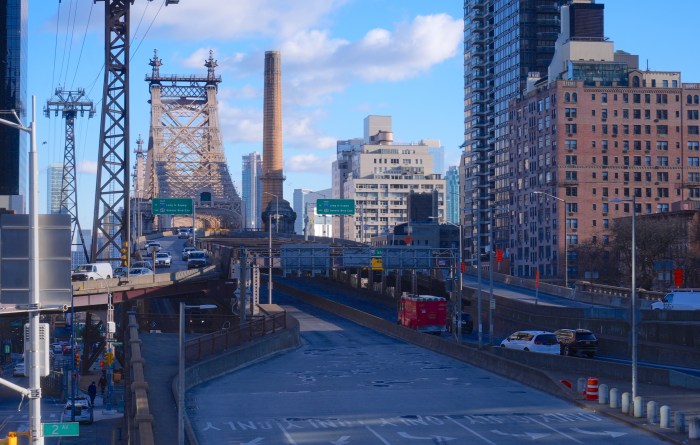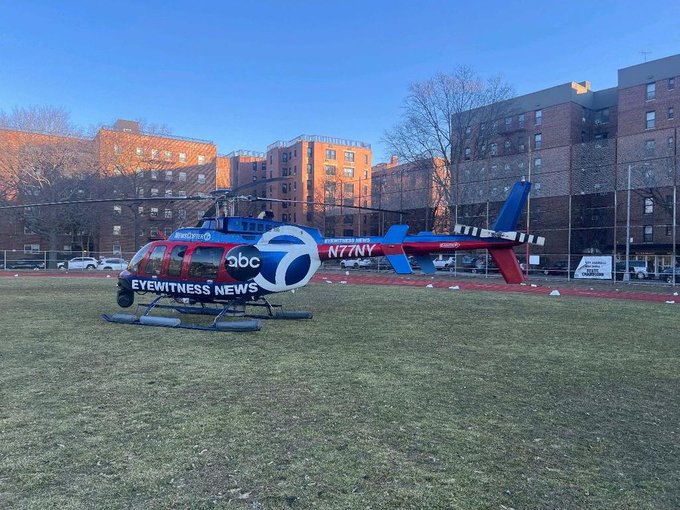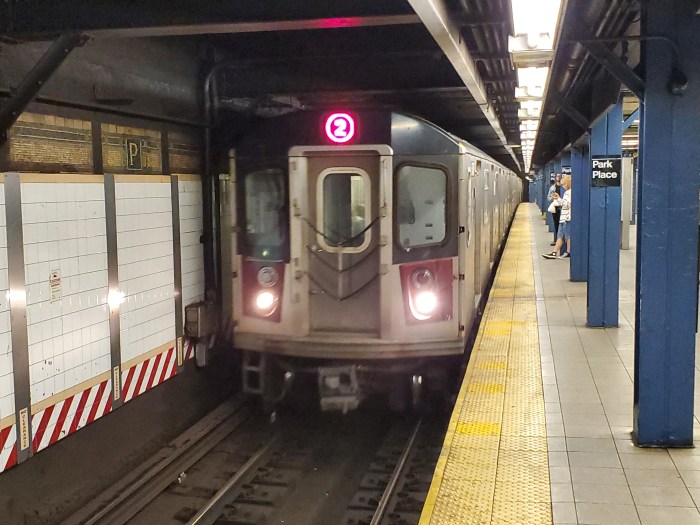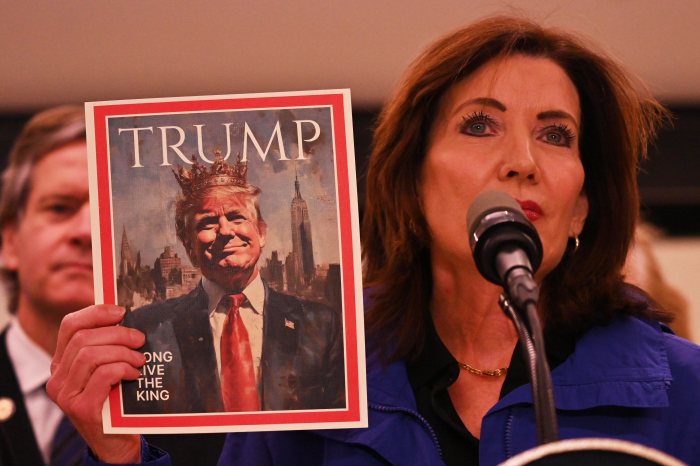The City Council wants to bring bike share to every neighborhood within the next four years, with taxpayer dollars making that goal a reality.
Councilman Ydanis Rodriguez set forth that proposal during Monday’s transportation committee hearing on the future of Citi Bike and emphasized the need to focus on outer borough neighborhoods where lower-income residents have virtually no transit options, such as the South Bronx, parts of Staten Island and central Queens.
Although the privately funded bike share service has a fleet of 10,000 rides available across Brooklyn, Queens and Manhattan and nearly 120,000 active annual riders, the councilman said public dollars should be earmarked to get bikes in every community by 2020.
“Working, middle and upper class communities should have the ability to enjoy this resource equally,” Rodriguez said.
Citi Bike is currently going through its Phase II expansion and this year opened new stations in upper Manhattan and Brooklyn neighborhoods such as Gowanus, Carroll Gardens, Red Hook and Park Slope. The service is expected to reach 12,000 bikes and 750 stations, with new locations in Harlem, Astoria, Prospect Heights and Crown Heights, by the end of 2017, according to the city’s Department of Transportation.
DOT Commissioner Polly Trottenberg said it would take at least 70,000 to 80,000 bikes to meet Rodriguez’s goal. Currently the agency has been able to install 2,000 bikes a year at an annual cost of $12 million, according to Motivate, Citi Bike’s operator.
The commissioner agreed that public funds likely would be necessary for a Phase III expansion, but added that bringing taxpayer dollars into the mix would also require a change in the way the city works with Motivate.
“Many program factors, such as the ownership of equipment, funding sources, percentage of revenue share, siting and maintenance will need to be carefully considered and renegotiated as part of any new agreement,” Trottenberg said.
Motivate’s CEO, Jay Walder agreed that a rapid expansion would need some city funding and said the company has begun discussions with the city over Phase III.
Sarah Kaufman, the assistant director for technology programming at the NYU Rudin Center for Transportation, said the bikes would make a major difference in many areas in the city, singling out the neighborhoods in Brooklyn that will be affected by the looming L train shutdown.
“I hope the city will make a place for it in the budget,” she said.
Kaufman questioned how a bike share program largely seen as complementary to subway or bus commutes would fit into neighborhoods lacking immediate access to primary modes of commuting.
“The question is will it be a substitute for those outer borough residents,” she said.
Walder said Motivate has focused on boosting Citi Bike’s appeal in low-income and minority communities. Annual Citi Bike membership in Bed-Stuy went up 50% over the last year since Motivate began working with the Bedford Stuyvesant Restoration, a community development nonprofit, on outreach efforts, the company said.
“This is really about making sure that community members feel that Citi Bike is for them as part of a well-balanced transportation network that provides affordable, useful options for all residents,” he said.
Here are some key points in the proposed plan.
— The expansion would be focused on neighborhoods that would benefit the most from bike share such as the North Shore of Staten Island, the South Bronx, central Queens.
— Motivate currently installs 2,000 bikes a year at a combined privately-funded cost of $12 million.
— In order for every community to have Citi Bike access, there would need to be at least 70,000 bikes, according to the DOT.




































